Raised floor
polcat
14 years ago
Related Stories
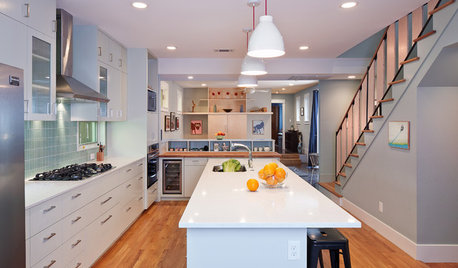
HOUZZ TOURSHouzz Tour: A Radical Reconstruction Raises an Austin Home
With a new second floor and some room swapping downstairs, this 1935 Texas bungalow now fits an architect and his family beautifully
Full Story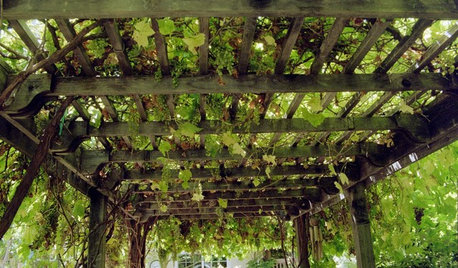
GARDENING AND LANDSCAPINGVertical Gardens Raise the Limits for Landscapes
Turn a small garden space into a towering success with an upward-bound collection of edible delights
Full Story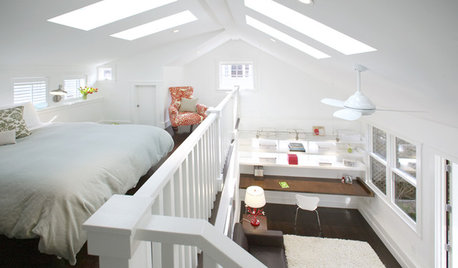
REMODELING GUIDESRaising the Bar for Vaulted Ceilings
Slanted Ceilings: Opportunities for Skylights, Desks or Sleeping Nooks
Full Story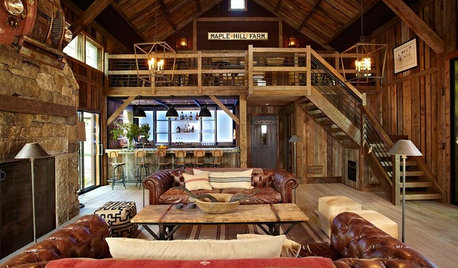
BARN HOMES12 Bar-Raising Barns
Homeowners make hay out of renovated, reclaimed and newly raised outbuildings
Full Story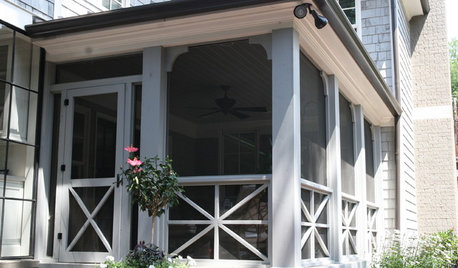
REMODELING GUIDESUnion Jack Balustrades Raise the Flag for Railing Style
Do be cross with your porch and deck railings — this intersecting balustrade design shows admirable attention to detail
Full Story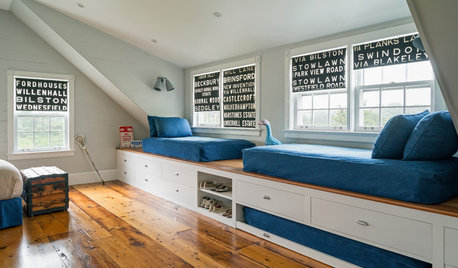
WINDOW TREATMENTSRoller Shades Raise the Curtain on Style
The humble window treatment is stealing the scene with fresh patterns, color and pizzazz
Full Story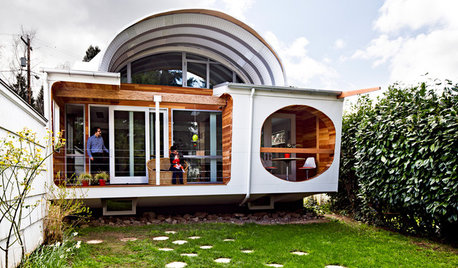
HOUZZ TOURSHouzz Tour: A 'Portlandia' Home Raises an Eyebrow
Cable TV came calling for this quirky home in Oregon, and it played its spaceship part to a T
Full Story
FARM YOUR YARDHow to Build a Raised Bed for Your Veggies and Plants
Whether you’re farming your parking strip or beautifying your backyard, a planting box you make yourself can come in mighty handy
Full Story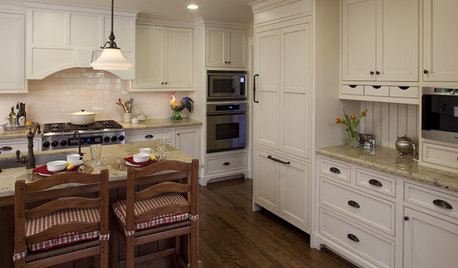
KITCHEN DESIGN9 Molding Types to Raise the Bar on Your Kitchen Cabinetry
Customize your kitchen cabinets the affordable way with crown, edge or other kinds of molding
Full Story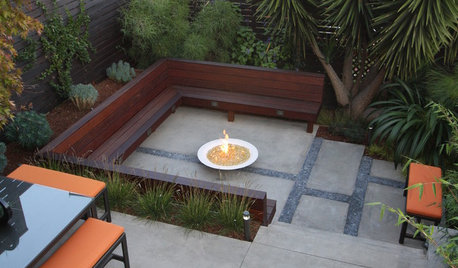
GARDENING AND LANDSCAPINGSunken and Raised Areas Take Gardens Up a Notch
Altering a landscape's grade can create energy and excitement, offering different vantage points and moods depending on the level
Full StorySponsored
Columbus Area's Luxury Design Build Firm | 17x Best of Houzz Winner!
More Discussions







polcatOriginal Author
idaho_gardener
Related Professionals
Lakewood Landscape Architects & Landscape Designers · Port Royal Landscape Architects & Landscape Designers · Vernon Hills Landscape Architects & Landscape Designers · San Juan Landscape Architects & Landscape Designers · Waterbury Landscape Contractors · Bedford Landscape Contractors · Berkley Landscape Contractors · Centereach Landscape Contractors · Cupertino Landscape Contractors · Fort Myers Landscape Contractors · Marlborough Landscape Contractors · San Pedro Landscape Contractors · Eastlake Landscape Contractors · Crowley Landscape Contractors · East Hanover Solar Energy SystemspolcatOriginal Author
hex2006
eaglesgarden
hex2006
polcatOriginal Author
polcatOriginal Author
hex2006
eaglesgarden
hex2006
tsmith2579
hex2006
eaglesgarden
hex2006
polcatOriginal Author
eaglesgarden
hex2006
polcatOriginal Author
hex2006
bwright